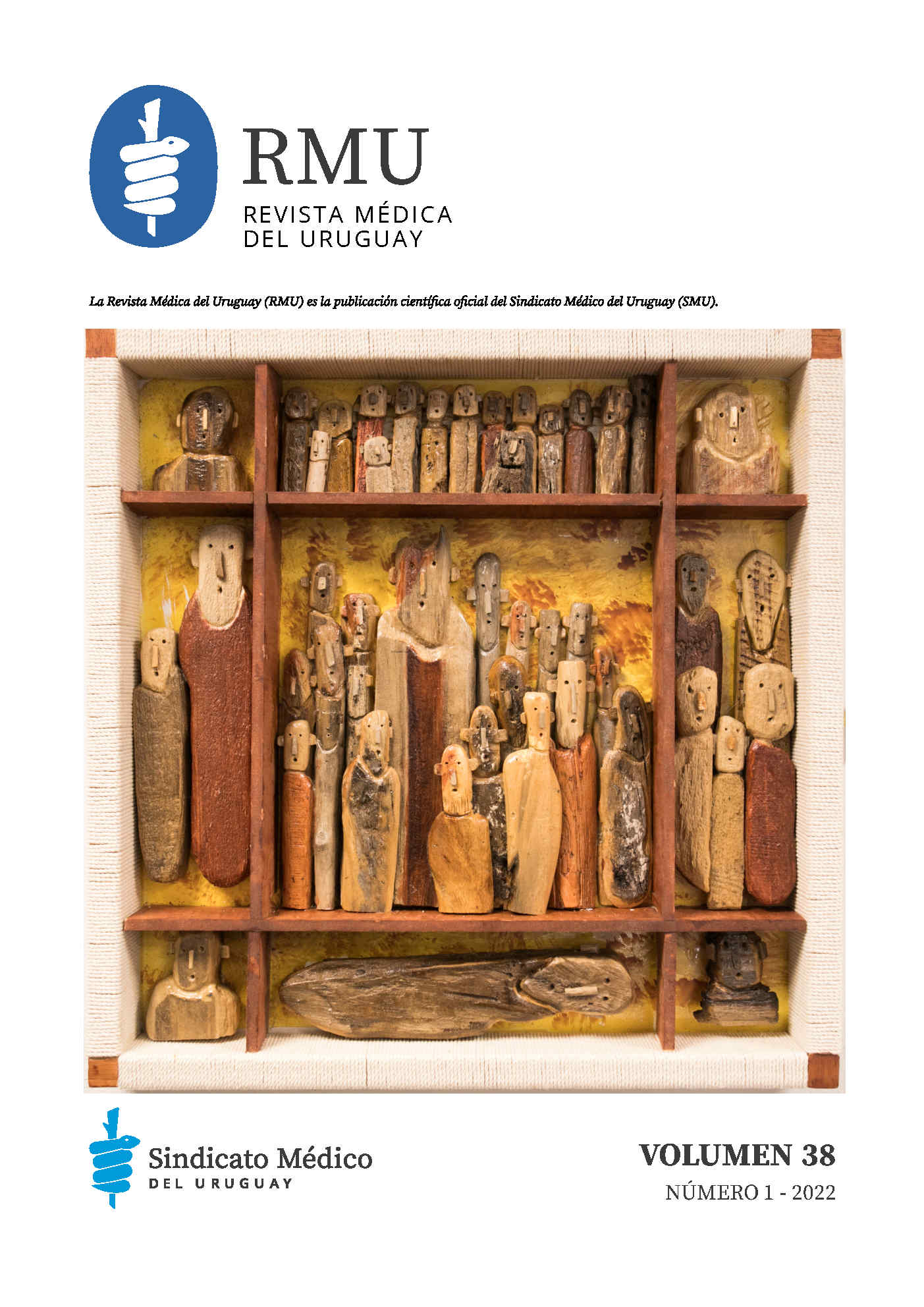Endoscopic palliation with duodenal stent in stage IV gastric cancer complicated by gastroduodenal stenosis
Abstract
Introduction: gastric cancer is the fifth neoplasm in frequency worldwide. Its diagnosis is usually late. Gastroduodenal stenosis is a frequent complication that determines prognosis and treatment. We have several modalities regarding the palliation of this complication. We highlight the surgical treatment by digestive bypass (gastroenteroanastomosis), and the endoscopic treatment, by placing a stent or self-expanding metal prosthesis (PMA). The objective is to present the clinical case of a patient with advanced gastric cancer complicated by gastroduodenal stenosis in whom the placement of a PMA was chosen. The comparative bibliography between both techniques is controversial. There are important studies that recommend the surgical technique over the endoscopic one, and vice versa. To this end, multiple works have been carried out. The possible benefits of endoscopic palliation are: shorter hospital stay, rapid reintroduction to the oral route. On the other hand, the clinical case presented did not benefit from the shorter hospital stay, in part, because hospitalization was necessary for medical comorbidities. He had no subsequent complications related to the procedure.
Conclusions: the choice of the technique to be used should be individualized, taking into account the patient, their comorbidities, technical resources, staff experience, and economic resources. More studies are needed to demonstrate the benefit of the most appropriate palliative technique.
References
2) Estados Unidos. Instituto Nacional de Cancer. Tratamiento del cáncer de estómago (PDQ®)–Versión para profesionales de salud. Bethesda, MD: NCI, 2021. . Disponible en: https:// www.cancer.gov/espanol/tipos/estomago/pro/tratamiento-estomago-pdq. [Consulta: 1 junio 2021].
3) Jang S, Stevens T, Lopez R, Bhatt A, Vargo J. Superiority of gastrojejunostomy over endoscopic stenting for palliation of malignant gastric outlet obstruction. Clin Gastroenterol Hepatol 2019; 17(7):1295-1302.e1. doi: 10.1016/j. cgh.2018.10.042.
4) Park C, Park J, Kim E, Chung H, An J, Kim H, et al. Impact of carcinomatosis and ascites status on long-term outcomes of palliative treatment for patients with gastric outlet obstruction caused by unresectable gastric cancer: stent placement versus palliative gastrojejunostomy. Gastrointest Endosc 2015; 81(2):321-32. doi: 10.1016/j.gie.2014.06.024.
5) Topazian M, Ring E, Grendell J. Palliation of obstructing gastric cancer with steel mesh, self-expanding endoprostheses. Gastrointest Endosc 1992; 38(1):58-60. doi: 10.1016/ s0016-5107(92)70334-4.
6) Mintziras I, Miligkos M, Wächter S, Manoharan J, Bartsch D. Palliative surgical bypass is superior to palliative endoscopic stenting in patients with malignant gastric outlet obstruction: systematic review and meta-analysis. Surg Endosc 2019; 33(10):3153-64. doi: 10.1007/s00464-019-06955-z.
7) Upchurch E, Ragusa M, Cirocchi R. Stent placement versus surgical palliation for adults with malignant gastric outlet obstruction. Cochrane Database Syst Rev 2018; 5(5):CD012506. doi: 10.1002/14651858.CD012506.pub2.
8) García-Cano J, Sánchez-Manjavacas N, Viñuelas Chicano M, Jimeno Ayllón C, Martínez Fernández R, Gómez Ruiz C, et al. Tratamiento paliativo de la obstrucción tumoral del vaciamiento gástrico con prótesis metálicas autoexpandibles insertadas endoscópicamente. Rev Esp Enferm Dig 2008; 100(6): 320-6.
9) Tringali A, Didden P, Repici A, Spaander M, Bourke M, Williams S, et al. Endoscopic treatment of malignant gastric and duodenal strictures: a prospective, multicenter study. Gastrointest Endosc 2014; 79(1):66-75. doi: 10.1016/j. gie.2013.06.032.

This work is licensed under a Creative Commons Attribution-NonCommercial 4.0 International License.













